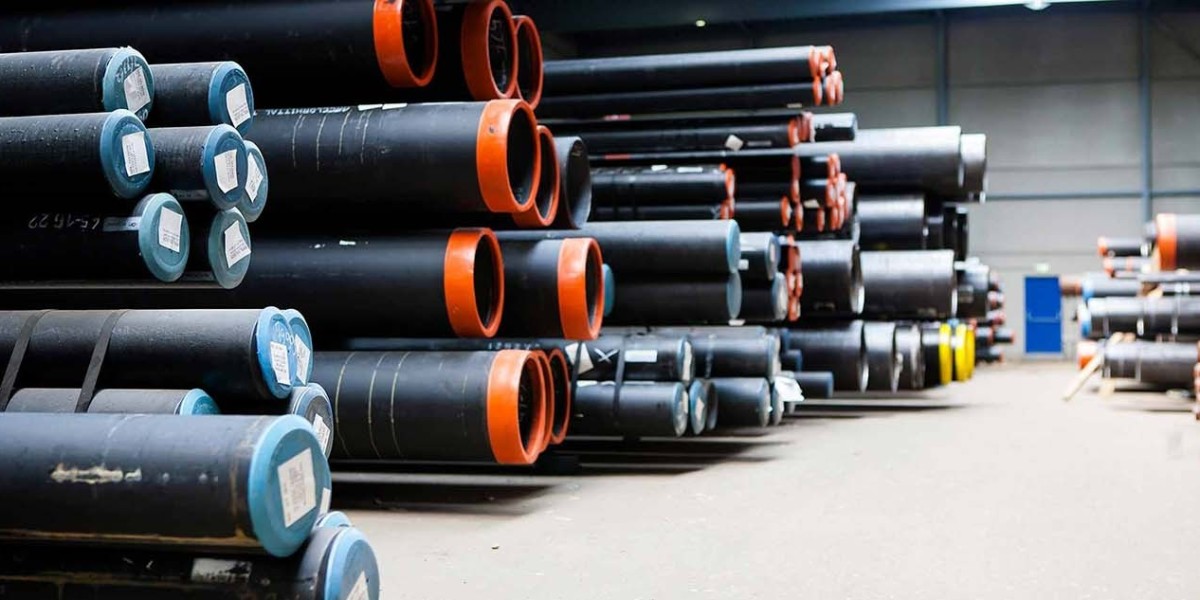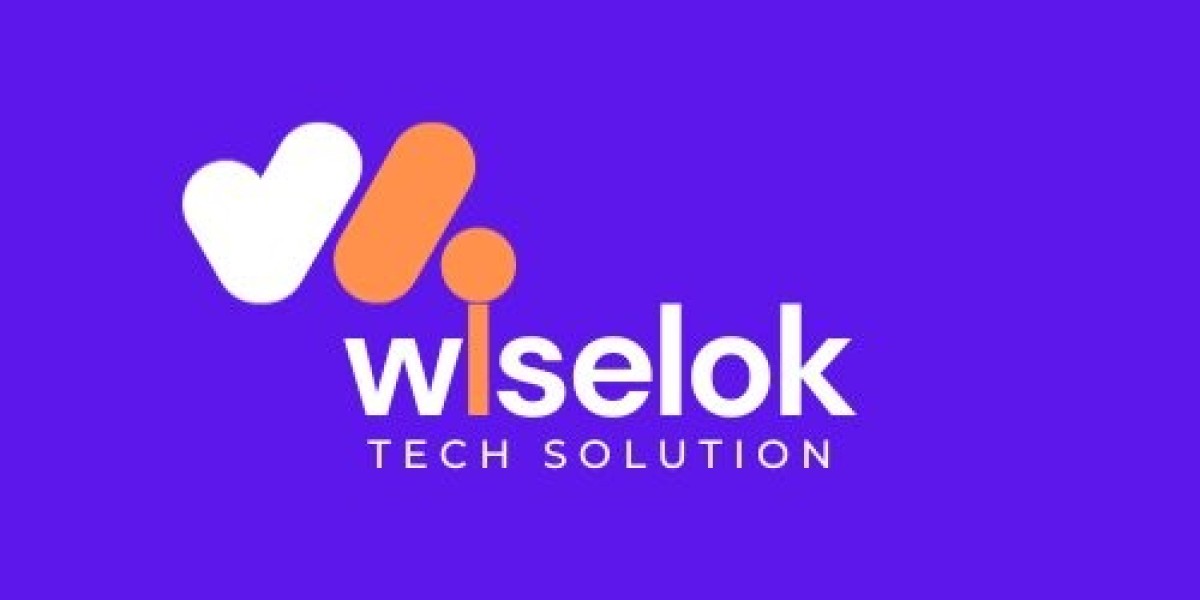In the relentless pursuit of enhanced performance and durability, industries are constantly seeking innovative solutions to protect critical components and surfaces from the rigors of their operational environments. Amidst this quest, High-Velocity Oxygen Fuel (HVOF) coating has emerged as a revolutionary technology, setting new benchmarks in surface protection across diverse sectors.
At its core, HVOF coating represents a paradigm shift in surface protection methodologies, harnessing the power of high-velocity combustion to deposit coatings with unparalleled density, adhesion, and wear resistance. Unlike conventional coating techniques, which often fall short in providing comprehensive protection against abrasion, erosion, and corrosion, HVOF coating offers a holistic solution that withstands the most demanding industrial applications.
The transformative potential of HVOF coating lies in its ability to create coatings that not only enhance the longevity of components but also optimize their performance under extreme conditions. By imparting exceptional hardness, toughness, and chemical stability to surfaces, HVOF coatings bolster the structural integrity of components, mitigating the risk of premature failure and costly downtime.
Moreover, HVOF coating stands out for its versatility, catering to a wide spectrum of materials and substrates across industries ranging from aerospace and automotive to oil and gas and manufacturing. Whether it's protecting turbine blades from high-temperature oxidation, enhancing the wear resistance of hydraulic cylinders, or improving the corrosion resistance of industrial valves, HVOF coating offers tailored solutions to address specific operational challenges.
One of the key advantages of HVOF coating is its precision and control over coating thickness and composition, ensuring uniform coverage and adherence to even the most complex geometries. This level of precision not only enhances the aesthetic appeal of coated surfaces but also optimizes functional performance, facilitating smoother operation and enhanced efficiency.
Furthermore, the eco-friendly nature of HVOF coating sets it apart as a sustainable solution for surface protection. By minimizing overspray and reducing material wastage, HVOF coating contributes to resource conservation and environmental stewardship, aligning with the evolving sustainability goals of modern industries.
As industries continue to evolve in an increasingly competitive landscape, the demand for robust, cost-effective, and sustainable surface protection solutions will only intensify. In this context, HVOF coating emerges as a catalyst for elevating industry standards, empowering businesses to achieve unparalleled levels of reliability, efficiency, and longevity in their operations.
In conclusion, the revolutionary impact of High-Velocity Oxygen Fuel (HVOF) coating transcends conventional paradigms of surface protection, offering a transformative blend of durability, precision, and sustainability. As industries embrace this cutting-edge technology, they embark on a journey towards redefining the boundaries of surface protection and setting new benchmarks for excellence in their respective domains.








